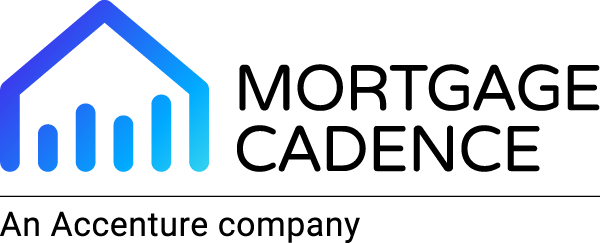In a previous post, we were delighted to report back on the number of large mortgage lenders and banks who chose to attend the recent National Reverse Mortgage Lenders Association’s Annual Meeting and Expo in Nashville. Overall, we took away some great points and current updates from the conference as it relates to the Reverse Mortgage industry.
What most lenders are looking for in today’s mortgage market
Our executives were on hand at this conference because there’s no question the housing market is transitioning to an increased use of home equity, there’s real demand from lenders wanting to offer reverse mortgages, and it’s an important part of our offering roadmap. The Mortgage Cadence platform is the only mortgage technology provider that can originate both forward and reverse loans on the same platform from end-to-end, so it’s a top priority to participate each year.
Our conversations with the large lenders and banking executives in attendance revealed that they were back at annual reverse conference for pretty much the same reason other large lenders and banks were there: they were searching for additional loan volume through product diversification, and, strategic partnerships in the reverse industry
Reverse mortgage lending can fit the bill, primarily due to demographics pushing more homeowners into the qualification zone. But just like any other part of the mortgage lending industry, you can’t be in the business if you don’t have a reliable source of liquidity. That’s why the FHA’s announcement at the show was so important.
What FHA brought to the table at NRMLA Annual
For many, the fact that FHA Commissioner Julia Gordon showed up at NRMLA’s annual meeting was not necessarily a big deal. FHA is an important part of the reverse mortgage ecosystem and so it’s expected that the agency would make an appearance.
Additionally, the fact that Commissioner Gordon used her comments to reiterate FHA’s commitment to the HECM program was nothing out of the ordinary. But for the larger institutions in attendance, this was the song they were hoping to hear.
Her appearance had a calming effect on the larger companies in attendance, giving them a new level of confidence that the business would allow them to reach their own financial goals.
FHA also announced changes to the HECM for Purchase program by expanding the list of acceptable funding sources, including premium pricing, and permitting additional interested party contributions of up to 6% to satisfy a HECM borrower’s monetary investment requirement. According to NRMLA Online:
“This is the first time FHA will permit the use of premium pricing in the HECM program. Under this FR Notice, HECM for Purchase borrowers may be able to take advantage of premium pricing and receive a credit from the mortgagee, or third-party originator, to reduce their actual closing costs in exchange for a certain initial mortgage interest rate.”
In our opinion, that's kind of a big deal.
These changes are a direct result of FHA responding to changes in this transitioning housing market, including high inflation, the housing shortage, and the fact that the 56 million senior homeowners, who collectively hold $12.2 trillion in home equity, want to either right-size their home with a purchase or age in place, include home equity as part of their overall financial plan, and eliminate high-interest debt amongst other goals. These are the kinds of program enhancements that will encourage all lenders and big banks to take a closer look at reverse mortgages as a way to increase loan volume, diversify their product offerings, and provide more just-in-time real estate finance options to older homeowners.
By George Morales, Reverse Mortgage Product Manager at Mortgage Cadence
Want more?
Follow us on LinkedIn to be notified when our next article is released.
Media Contacts
Mortgage Cadence:
Alison Flaig
VP, Marketing
(919) 906-9738



